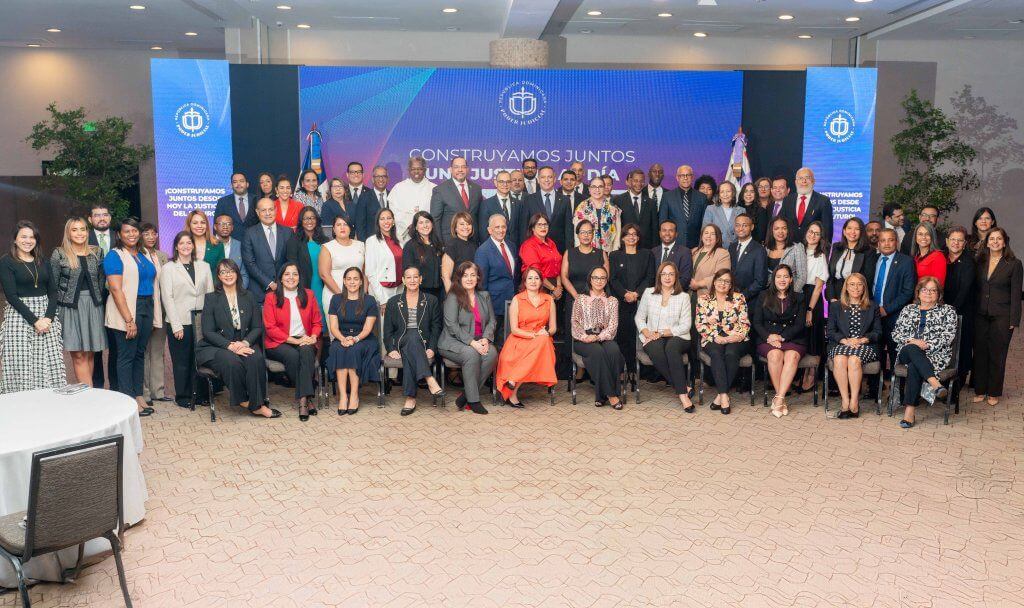To date, some two thousand people have participated in the internal and external meetings held by the Dominican Judicial Branch in the construction of its ten-year strategic planning to achieve the justice of the future that has people at its center.
These regional workshops, which have been held in the judicial departments of San Francisco de Macorís, San Pedro de Macorís and the National District, seek to co-create solutions to the problems of justice in each region. They will soon be held in Santiago, Barahona and Santo Domingo.
During the participatory process, judges, judicial officers, members of the legal community, bailiffs, surveyors, civil society, academics, business representatives and human rights NGOs have proposed 929 initiatives organized in three strategic areas: 261 to reduce judicial delays (0% Delay); 321 to improve access (100% Access), and 347 to increase judicial transparency (100% Transparency).
In the National District, 61% of the courts have been cleared of delays, processing more than 89 thousand hearings in Criminal, Labor, Land, and Children and Adolescents matters up to October 30 of this year.
The report was made public by Judge Francisco Pérez Lora, coordinator and president of the Court of Appeals for Children and Adolescents of the National District, during the continuation in the National District of the regional workshops of the Ten-Year Plan structured by the Judicial Power, with the presence of the presiding judge of the Supreme Court of Justice, Henry Molina.
He indicated that for the decade 2025-2034 he envisions a totally efficient, accessible and transparent Judicial Branch, "and the arrears will be a thing of the past, this will no longer be the issue of the moment".
He highlighted the importance of these regional meetings to build the justice of the future, which has as its starting points the axes 0% Mora (efficient justice); 100% Access (inclusive justice), and 100% Transparency (reliable justice), key factors for the progress that the Dominican Republic's justice system is showing today.
During the month of September, a total of eight workshops were also held in the National District, in which each of the judicial departments at the national level met and worked in depth on the problems identified.
Chief Justice SCJ
In his presentation with the theme "Vision of the Justice of the Future", SCJ Chief Justice Henry Molina said that the Judicial Branch has the challenge that, as part of its ten-year plan 2025-2034, all justice should move from litigation to mediation, thus ensuring a true restorative justice.
"We were trained for litigation. We have to change that. Ninety percent of the cases in criminal matters, in the accusatory systems that work, do not go to trial. Ninety percent are resolved by agreement," he added.
Henry Molina pointed out that it is in the courts, in each judicial district and province, on a day-to-day basis, where the strengths and weaknesses of the justice system are best known.
He explained that this dialogue process will allow the Dominican Judicial Branch to identify the challenges and commitments towards an up-to-date, open and accessible justice system, focused on guaranteeing the dignity of the people.
Ana María Díaz, resident representative of the United Nations Development Program, congratulated the Judicial Branch for its commitment to promote a new paradigm in Justice.
«El nuevo modelo de justicia se fundamenta en un enfoque centrado en las personas, que lleva la justicia más allá de los despachos para asegurar servicios de proximidad, accesibles y ajustados a las realidades locales, una justica capaz de responder de manera oportuna y eficaz a las necesidades de toda la ciudadanía en sus momentos de mayor necesidad y vulnerabilidad», agregó.

















